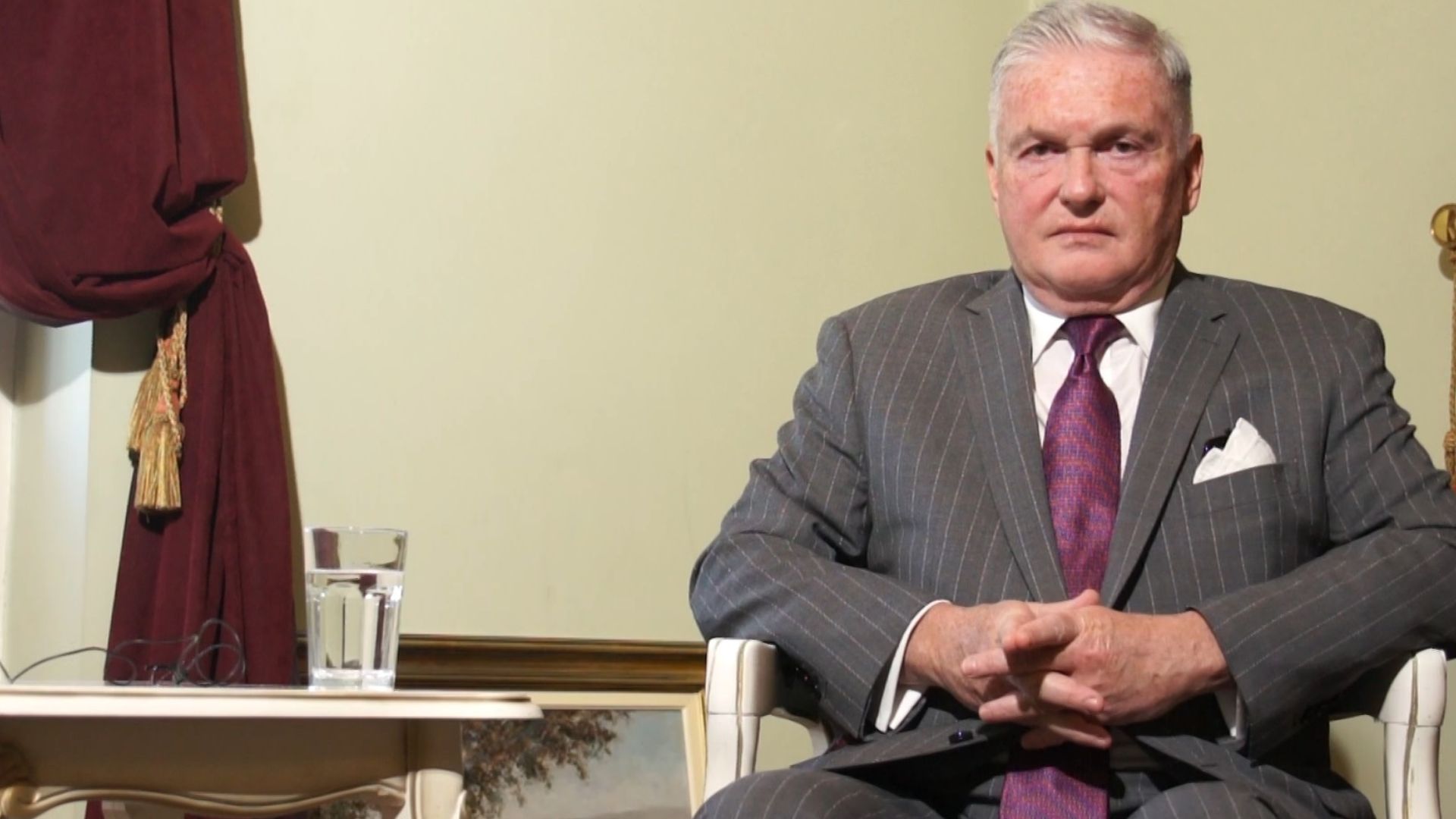Gazprom a cumparat de la nemti cea mai mare statie subterana de stocare de gaz natural din Europa. In urma acestei tranzactii Gazprom se alege nu numai cu controlul complet asupra celei mai mari instalatii industriale de inmagazinare de gaz natural din Europa, dar si cu controlul complet asupra firmelor Wingas, Wieh si Wiee. Acestea sunt firme occidentale importante, specializate in stocarea si comertul cu gaze naturale.
Statia subterana achizitionata de Gazprom se afla in orasul german Rehden, iar vanzatorul este conglomeratul german BASF. Tranzactia a fost aprobata anul trecut de Comisia Europeana, inaintea anexarii Crimeii. In schimbul cedarii titlului de proprietate asupra rezervorului industrial din Rehden, BASF va primi de la rusi 25% din drepturile de exploatare a campului gazeifer Urengoi din Siberia. Exploatarea de la Urengoi va incepe in 2016, iar volumul de productie estimat pentru Urengoi se ridica la 8 miliarde metri cubi anual.
Semnificatia si implicatiile acestei tranzactii le puteti estima pe cont propriu. Eu as zice doar atat: Bolshoi Gaz stie sa puna in scena „Spargatorul de Nuci” mai bine decat Bolshoi Ballet. E o inscenare moderna, deschisa participarii tuturor nibelungilor. Nu de alta, dar comoara mitica a stramosilor teutoni s-a mutat ceva mai la est in ziua de azi.












![marius-bostan-foto[1] marius-bostan-foto[1]](https://inliniedreapta.net/wp-content/uploads/elementor/thumbs/marius-bostan-foto1-qt9ywoo2b2lgv37b76h9qr5yo6db5vwzoxbuvd4e6o.jpg)












2 Comments
murfi
9 October 2014conducta urengoi-ucraina-ue (aia care se inchide acum, o data la citiva ani) s-a construit in anii 80 cu sprijinul frantei, germaniei, italiei; reagan si thatcher s-au opus, au stabilit sanctiuni economice (impotriva urss dar si a firmelor occidentale care au continuat sa lucreze cu rusii), etc; mai ales in urma impunerii legii martiale in polonia (de catre moscova, desigur); reagan a avertizat occidentul in privinta riscurilor dependentei de gazul rusesc; nu au ascultat atunci, de ce ar face altfel acum? tranzactia asta pare o continuare fireasca in politica europeana; sau, cum ar spune marii actori romani, „un arc peste timp”
25.02.1982 – SOVIET GAS PIPELINE: U.S. OPTIONS
http://digital.library.unt.edu…..2Oct08.pdf
Ion Ionescu
9 October 2014Au obtinut controlul si a celei din Ungaria, de acum incolo o sa poata puna presiune pe Ucraina fara sa afecteze exportul catre EU.
http://hungarianspectrum.wordp…..acilities/